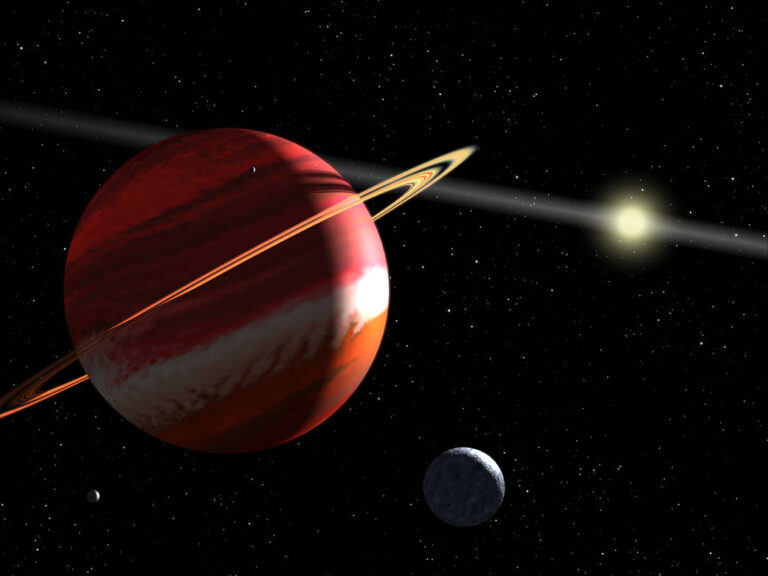哈勃望远镜重访面纱星云
This image taken by the NASA/ESA Hubble Space Telescope revisits the Veil Nebula, which was featured in a previous Hubble image release. In this image, new processing techniques have been applied, bringing out fine details of the nebula’s delicate threads and filaments of ionized gas. To create this colorful image, observations were taken by Hubble’s Wide Field Camera 3 instrument using five different filters. The new post-processing methods have further enhanced details of emissions from doubly ionized oxygen (seen here in blues), ionized hydrogen, and ionized nitrogen (seen here in reds). The Veil Nebula lies around 2,100 light-years from Earth in the constellation of Cygnus (the Swan), making it a relatively close neighbor in astronomical terms. Only a small portion of the nebula was captured…










